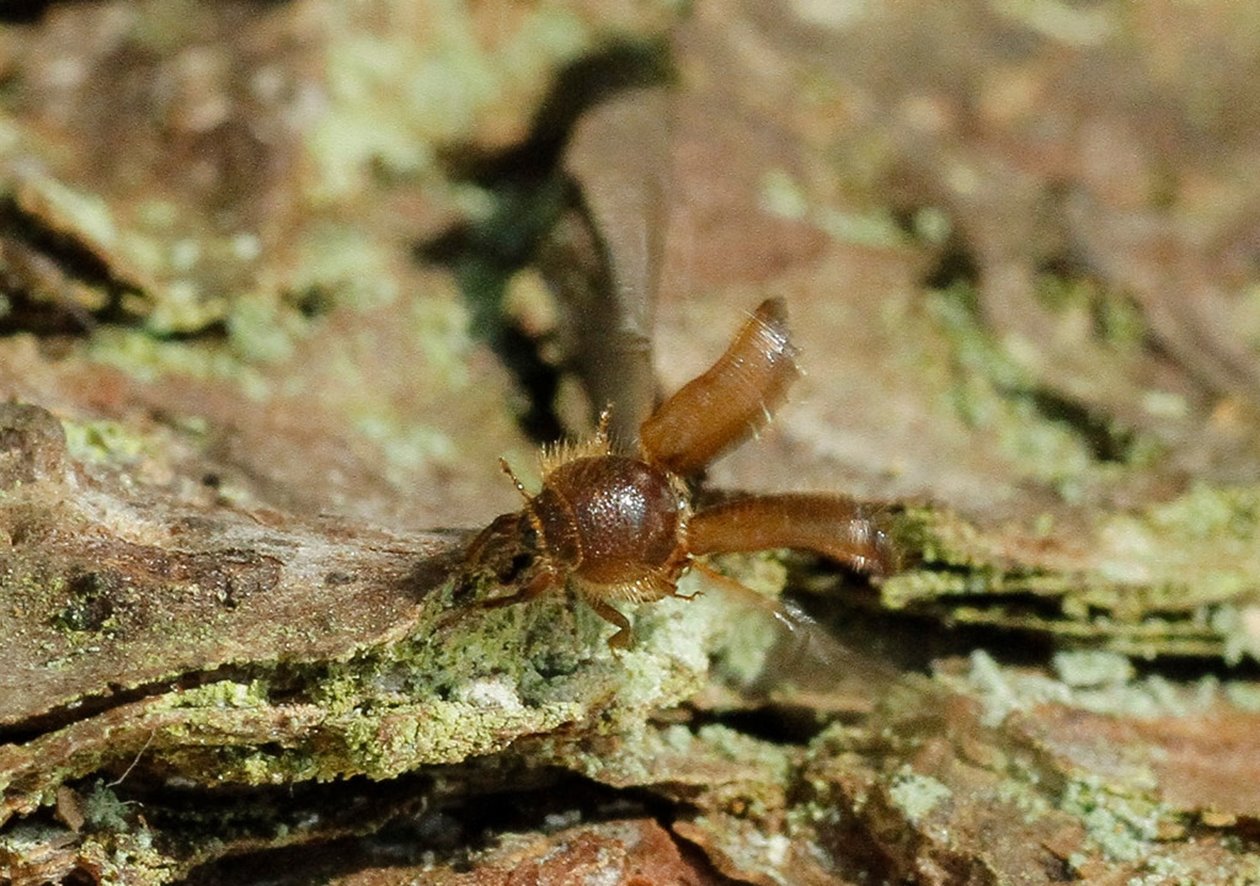Bark beetle update: We’re on it!

The spread of the spruce bark beetle, a tiny creature with a big impact when it gets into a spruce, is a challenge for foresters in many parts of Europe. The beetle lives under the bark of spruce and brings with it a fungus and together they eventually kill the tree. Controlling the beetle and minimizing wood loss is a major challenge, but we are really pleased with our progress.
Södra’s efforts to lead the way in minimizing wood loss and controlling the beetle were recognised by the Swedish Forest Agency which called us for guidance this year. Many pulp producers have refused to accept infected wood, leaving the infected trees in the forest. This is a waste of wood, a loss of income for forest owners and encourages the spread of the beetle (because once it has killed a tree it moves on).
We’ve taken a different approach and it’s working. By removing infected trees from the forest before they die (and so before the beetle moves on to more trees), we protect the forest from further infestation, protect our forest owners’ income and ensure we still have a stable supply of raw material for pulp.
Infected trees are not suitable for timber, but with careful management there is no reason why they cannot be used for pulp. As the beetle sits just beneath the bark, it does not damage the fibre properties of the tree for pulp.
Our foresters and the pulp mills are working closely together to track and control all our raw material and change recipes where needed to ensure that all pulp parameters are consistent where we are using more mature wood than we might usually.
For example, says Karin Dernegård, Production Manager at Mönsterås, ”We counter the coarser and longer fibers in the mature wood by increasing the amount of spruce in the product to ensure tensile strength and tear remain consistent.”
Removing infested wood quickly from the forest and putting it to good use is the most sustainable approach and is helping us to keep on top of this unwelcome visitor to our forests. “It has cost us more at the mill to balance this process, but that is countered by the savings for our forest owners and the knowledge that we are not wasting a precious forest resource,” Dernegård says. ”For me, it is a sustainability issue to be able to take responsibility for the forest and its value, which feels great.”
Show all content for topic
Subjects: Pulp
